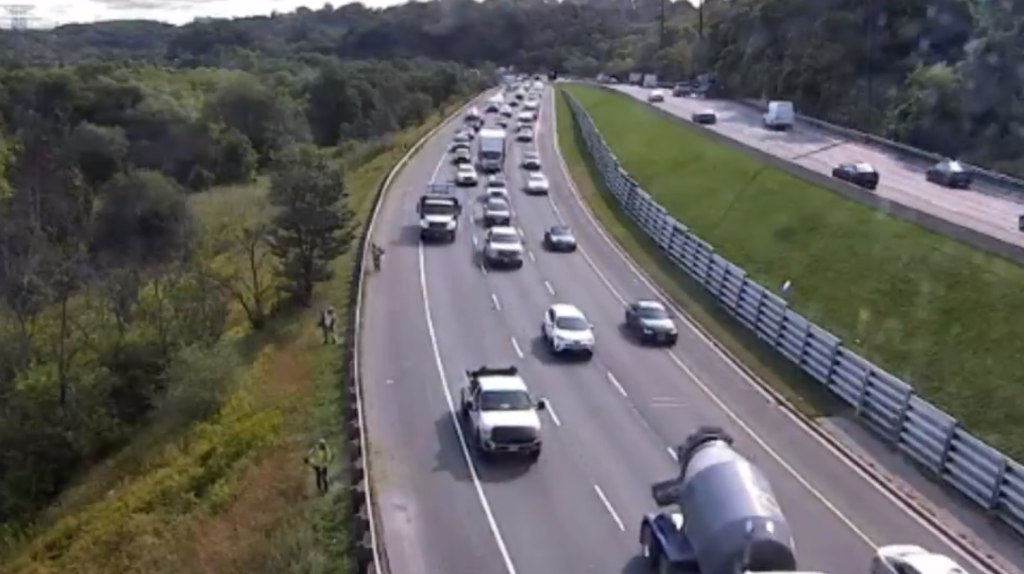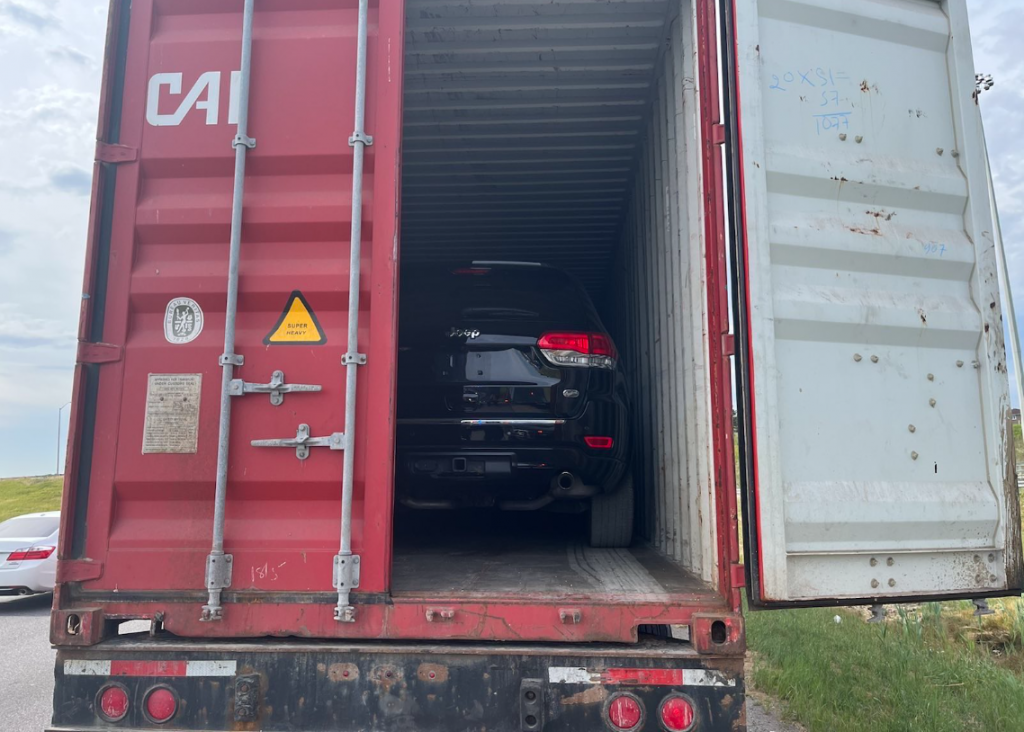New emergency alert system fails first test in Quebec, spotty in Ontario
Posted May 7, 2018 5:34 am.
Last Updated May 8, 2018 5:48 am.
This article is more than 5 years old.
A test of Canada’s new national public alert system for mobile devices misfired in Quebec on Monday and was hit and miss in Ontario.
Shortly after the test was scheduled to reach mobile devices in Ontario, at 1:55 p.m. ET, social media was flooded with messages from people confirming they had received the signal, others who had not and still others who appeared startled or even surprised by it.
“I forgot that we were getting that emergency alert testing on our phones,” wrote one Twitter user, going only by Mary.
“But I got forcibly reminded, all right. And there is not enough hot chocolate in the world to calm me down right now.”
Another Twitter user, Brent Morris, wrote that some people at his office got the alert on their phones, but he didn’t.
“I guess if the world ends, I’m the last to know,” he quipped.
For those who did receive it the message read, in part, “This is a test of Ontario’s Alert Ready System. There is no danger to your health or safety.”
In Quebec, where the test did not go as planned shortly before 10 a.m., the problem did not originate with cellphone service providers but appears to have occurred between emergency management in the province and Pelmorex Corp., which operates the system, said Patricia Valladao, a spokesperson for the Canadian Radio-television and Telecommunications Commission.
“The alerts are actually coming from the emergency management in the region and then it goes to Pelmorex,” Valladao said.
In an email to The Canadian Press, Pelmorex issued a statement explaining what happened.
“A space incorrectly included in the coding prevented the Alert Ready System from sending the Quebec test message to compatible wireless devices earlier this morning,” it read, adding the misconfiguration was quickly corrected.
The statement also pointed out the Quebec test “did broadcast successfully on TV and radio.”
In Ontario, the test alerts were also expected to be broadcast across TV and radio airwaves, but in some cases no messages were seen on TV screens.
Valladao pointed out at least it was just a test and not a real emergency. “That’s why they were running tests — to see if something went wrong.”
Public Safety Minister Ralph Goodale said he expects federal, provincial and private sector experts behind the warning system to learn from Monday’s “serious glitches” and correct the problems quickly.
“That consortium of experts has to learn from this experience and make sure that whatever went wrong today in the coding or in the launch, that all of that is corrected and that we have a system up and running as fast as possible,” Goodale said.
“That’s what a test is for, to determine if the system works. Today, it didn’t. We need to make sure it’s fixed and that it is available to Canadians at the earliest possible moment.”
Depending on settings, users with compatible devices connected to an LTE network were expected to hear a tone similar to an ambulance siren or feel a vibration for eight seconds. Devices that were turned off would not receive the signal but phone users receiving the alerts would have heard their conversations interrupted by a sound similar to a call-waiting tone.
The tests were being conducted after the CRTC ordered wireless providers to implement the system to distribute warnings of imminent safety threats, such as tornadoes, floods, Amber Alerts or terrorist threats.
A similar system is already used in the United States and made headlines earlier this year when an emergency official in Hawaii mistakenly sent an alert about a potential incoming ballistic missile.
A report issued last month by the U.S. Federal Communications Commission said the false alarm, which went uncorrected for 38 minutes after being transmitted and caused widespread panic across the Pacific islands state, was a result of human error and inadequate safeguards.
“The CRTC has no insights with respect to what occurred in Hawaii, other than what has been reported in the media,” the regulator said.
But it added that Canada has safeguards in place to prevent false signals from being distributed to mobile devices.
Unlike wireless emergency alerts issued in the United States, Canada’s system requires a specific vibration cadence, alert tone and banner to notify users of an emergency.
As well, the emergency alerts are not text — or SMS — messages, but are distributed using what’s known as cell broadcast technology. The messages can’t be tracked by service providers so they can’t tell who has or has not received the alert, the CRTC said.
Here are the times for tests scheduled for Wednesday outside Ontario and Quebec. All times are local:
- Yukon 1:30 p.m.
- Northwest Territories 1:55 p.m.
- Alberta 1:55 p.m.
- British-Columbia 1:55 p.m.
- Saskatchewan 1:55 p.m.
- Manitoba 1:55 p.m.
- Newfoundland and Labrador 1:55 p.m.
- Nova Scotia 1:55 p.m.
- Prince Edward Island 1:55 p.m.
- New-Brunswick 6:55 p.m.
Related Stories:
Trial run coming next week for Canada’s new emergency alert system
Canadians to get emergency alerts on their cellphones
Wireless companies mandated to send emergency alerts by 2018: CRTC










